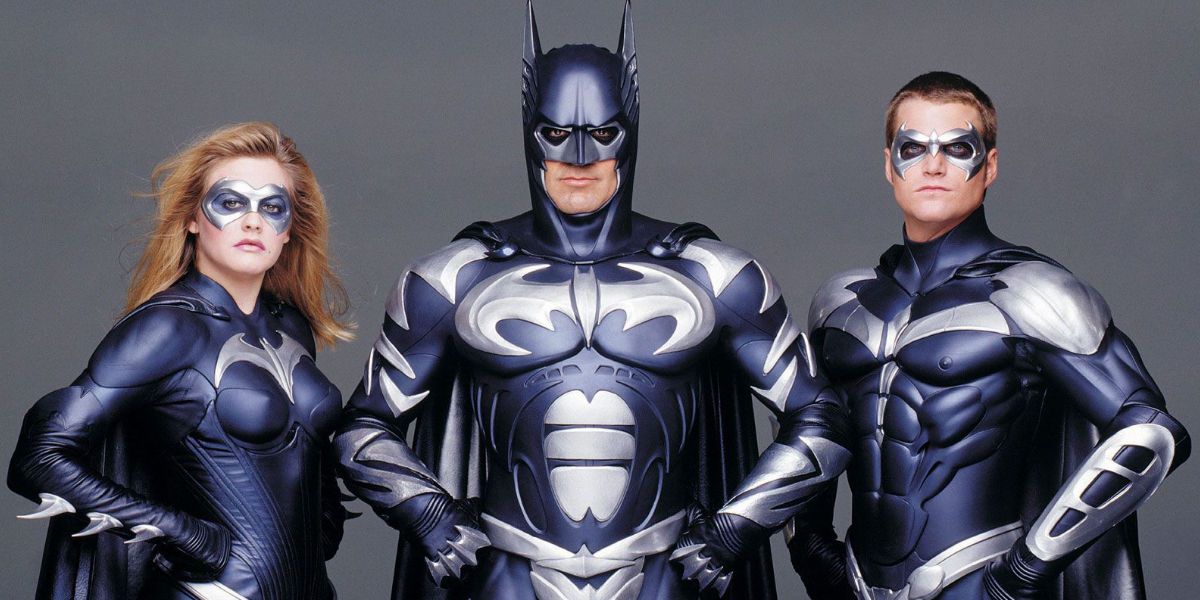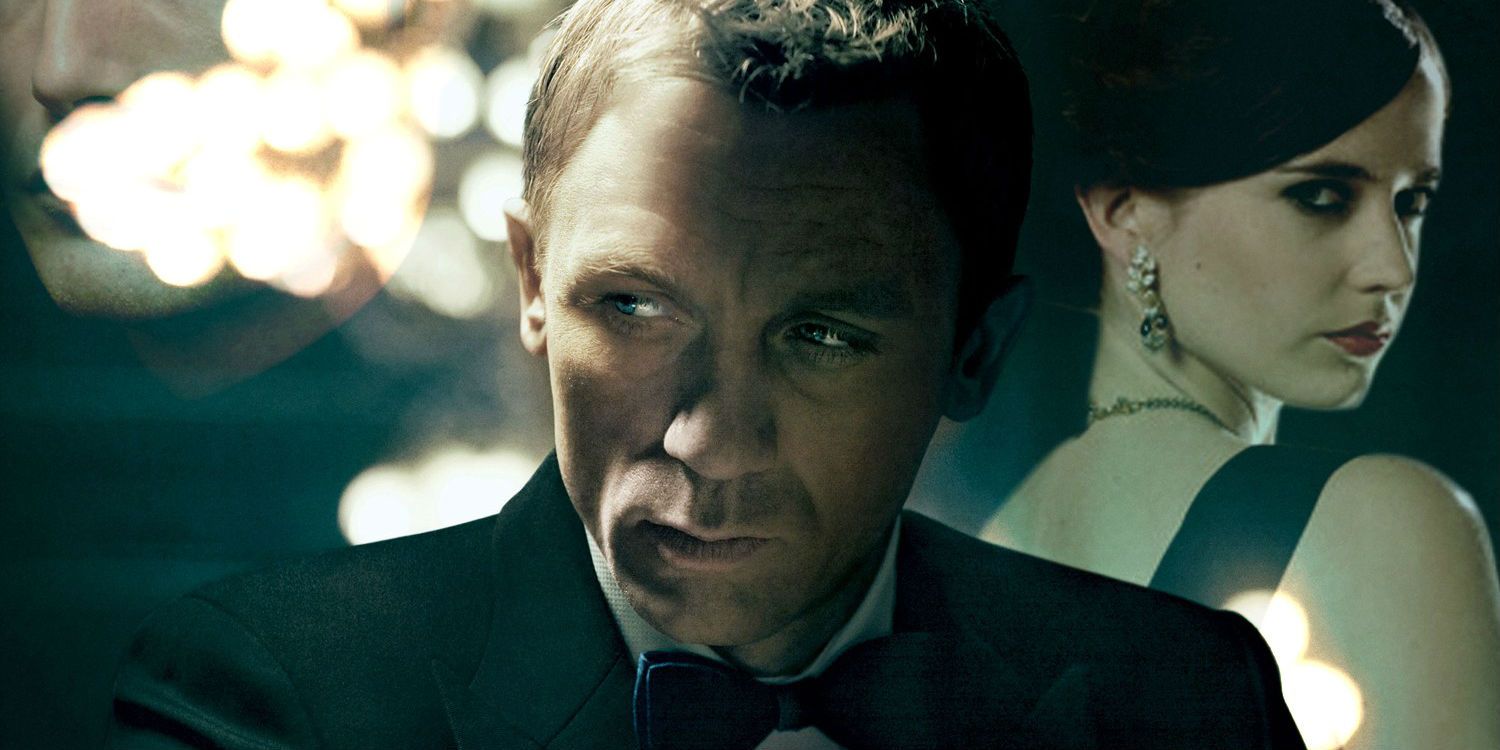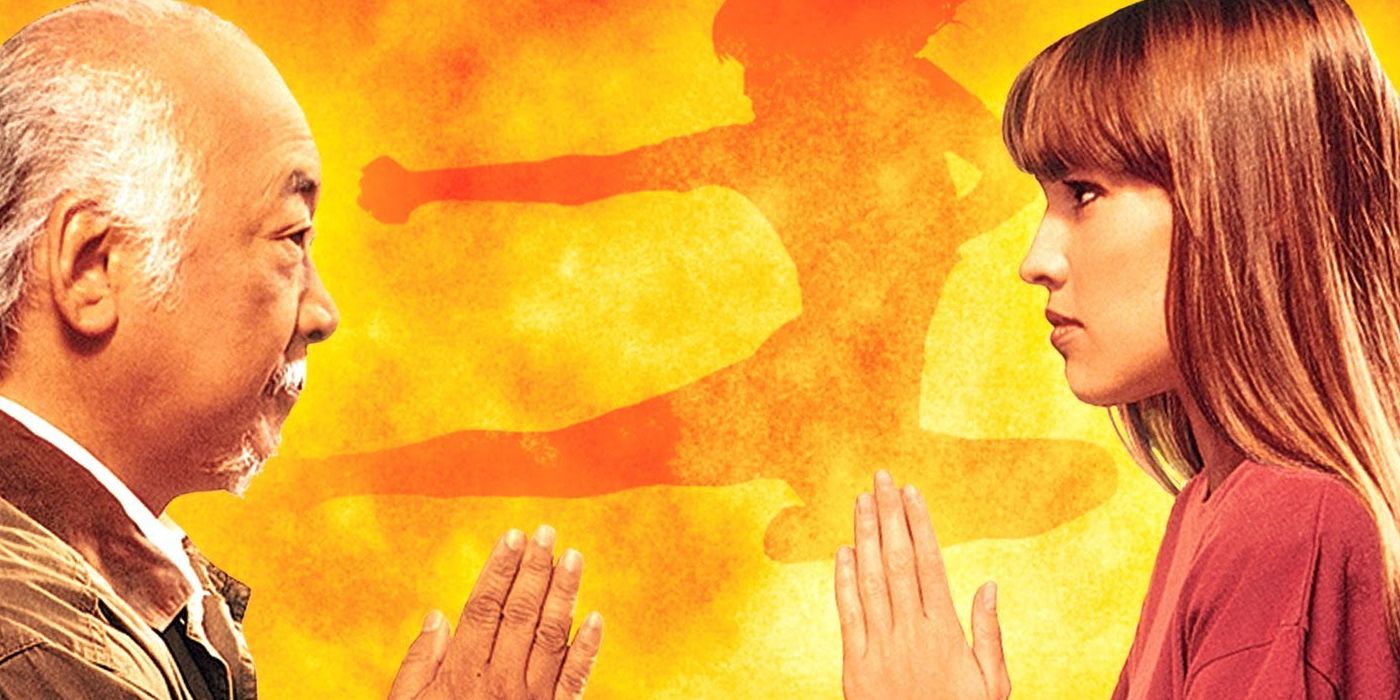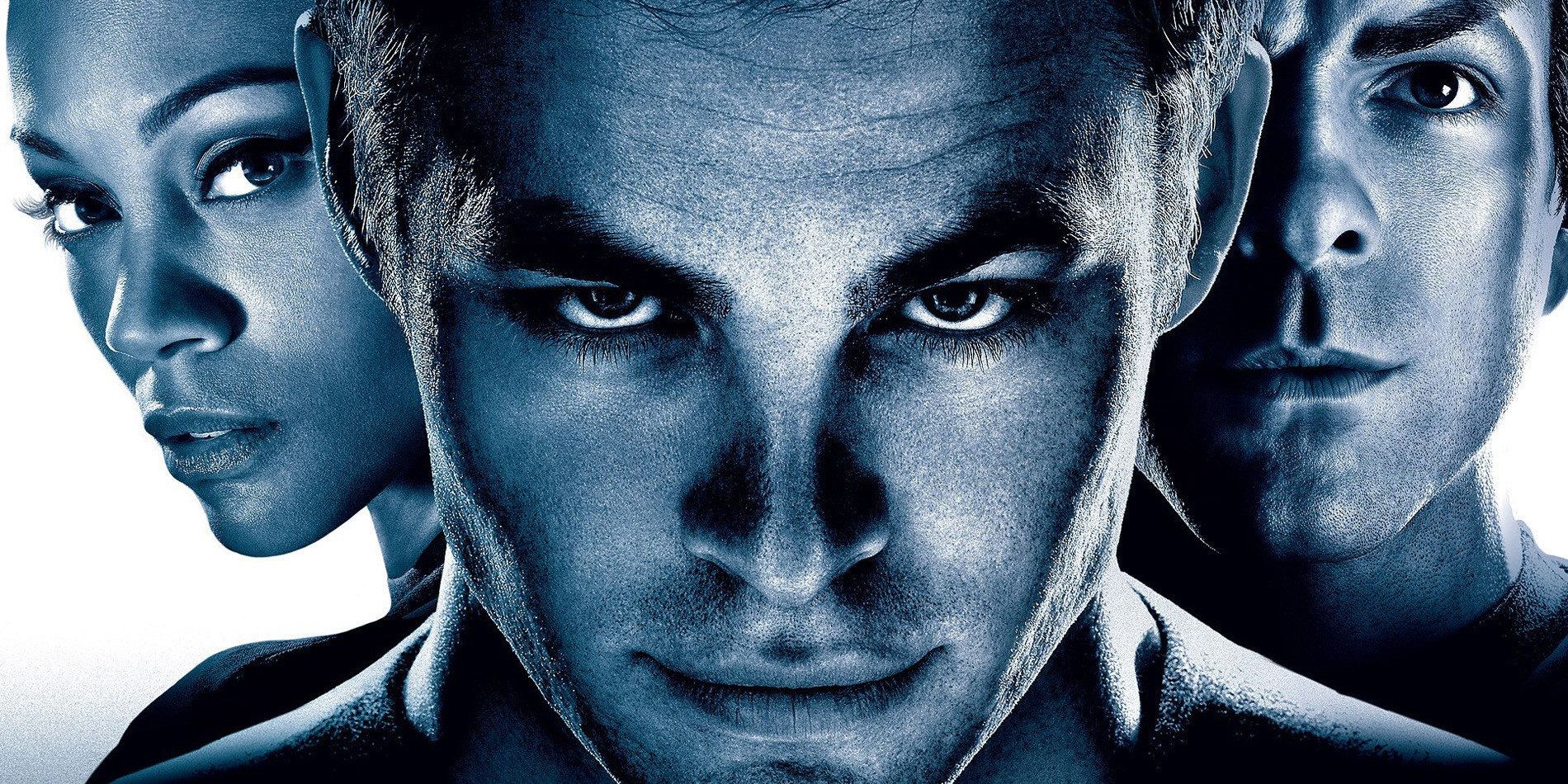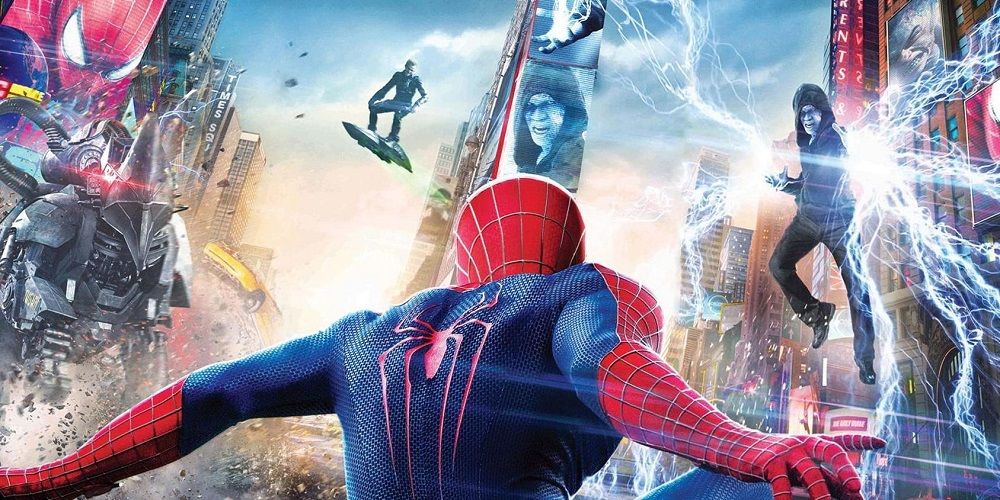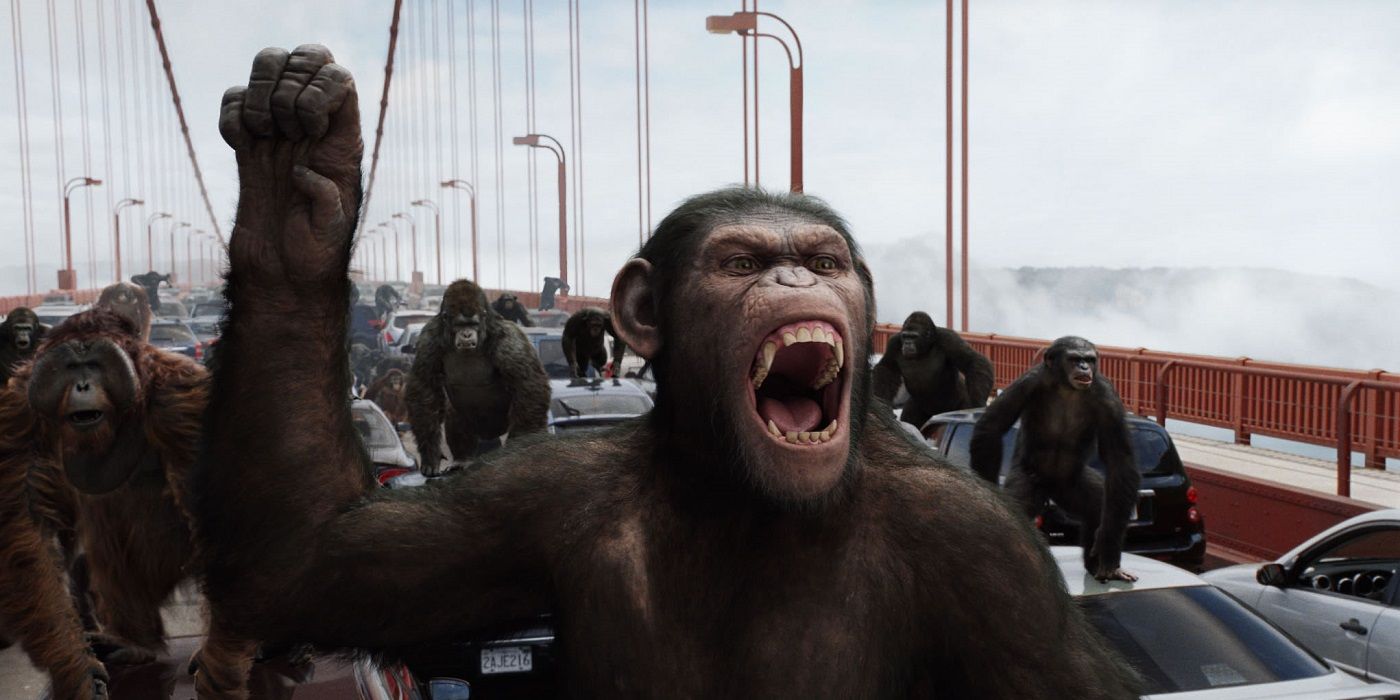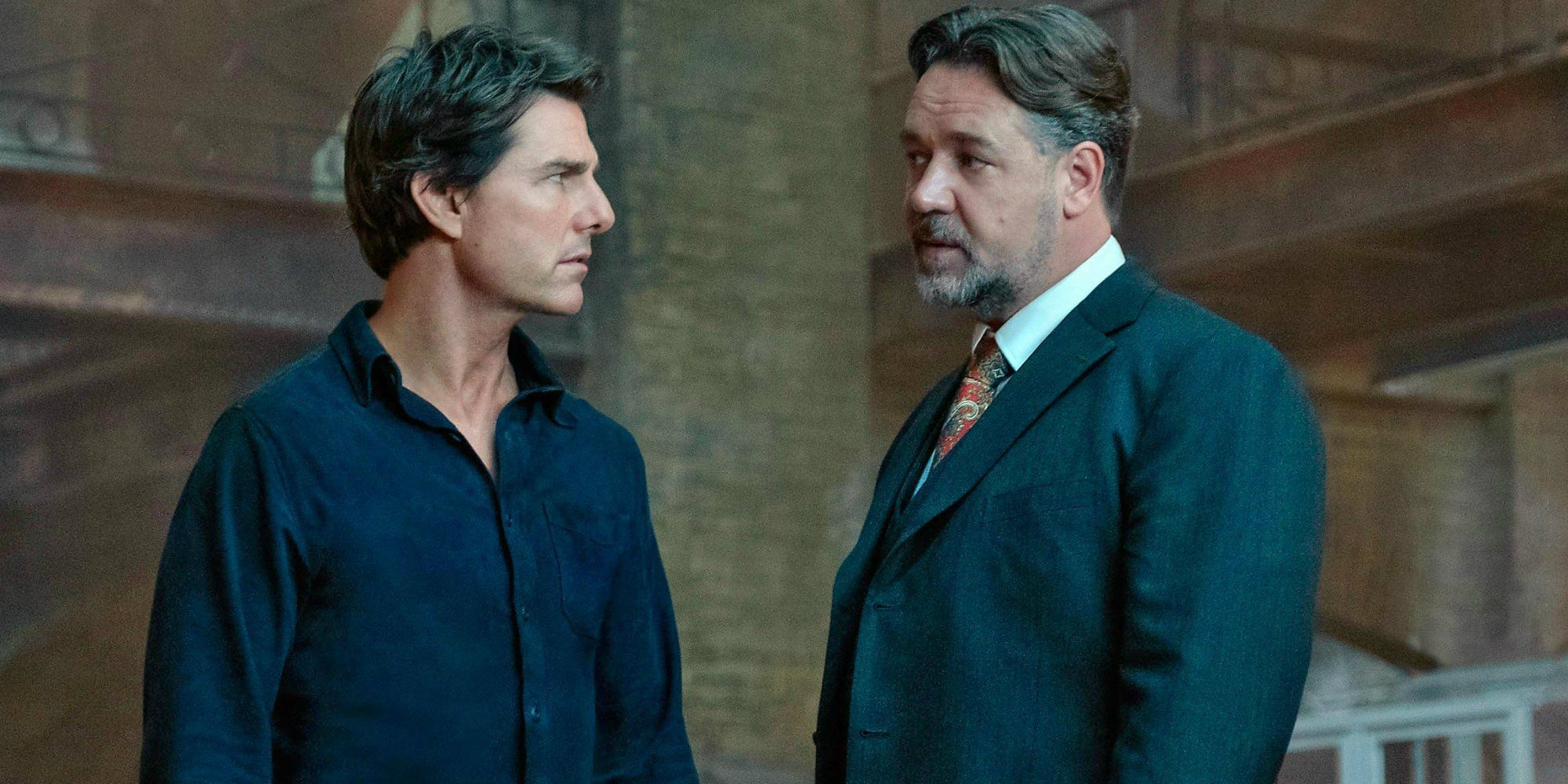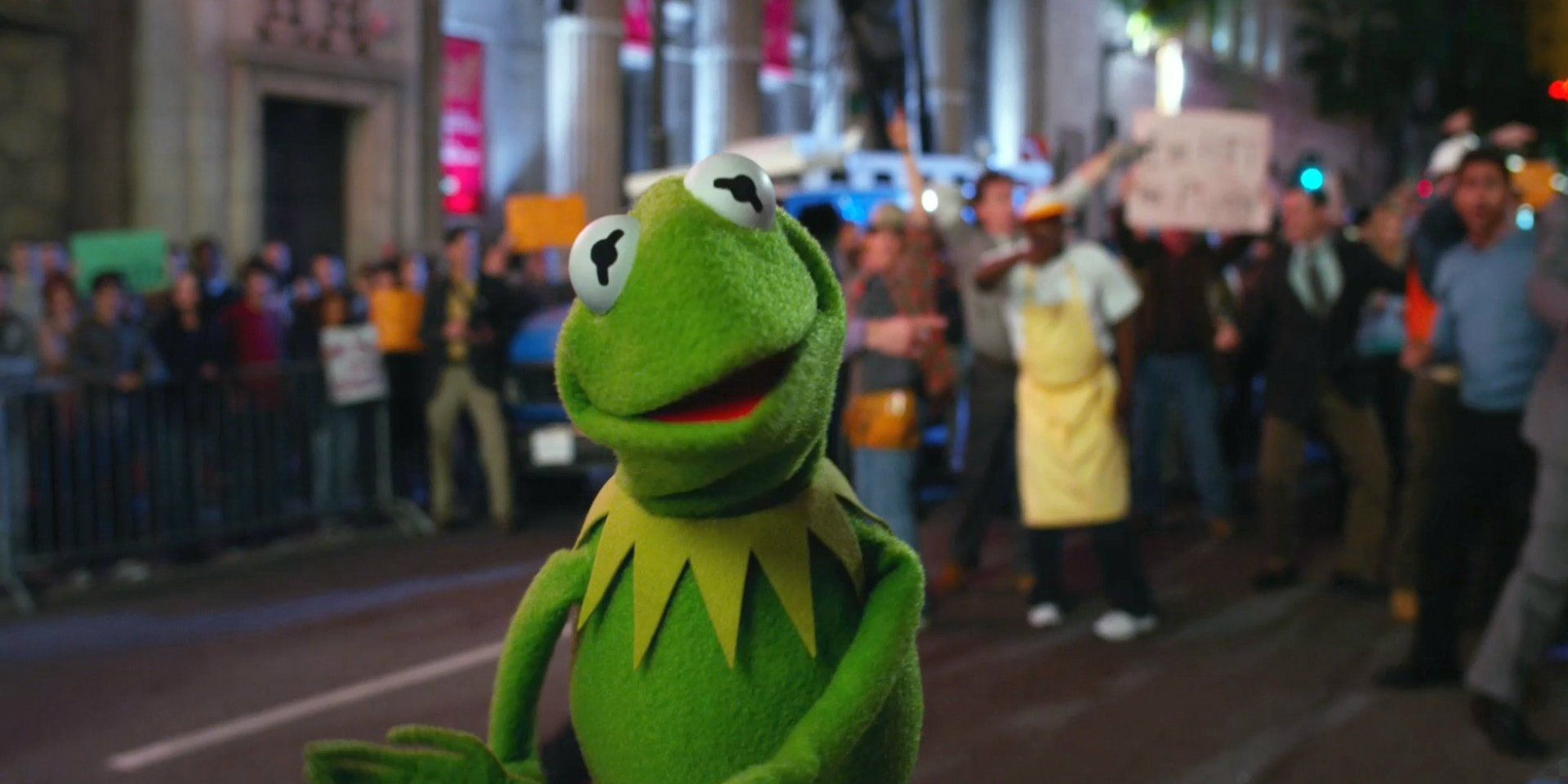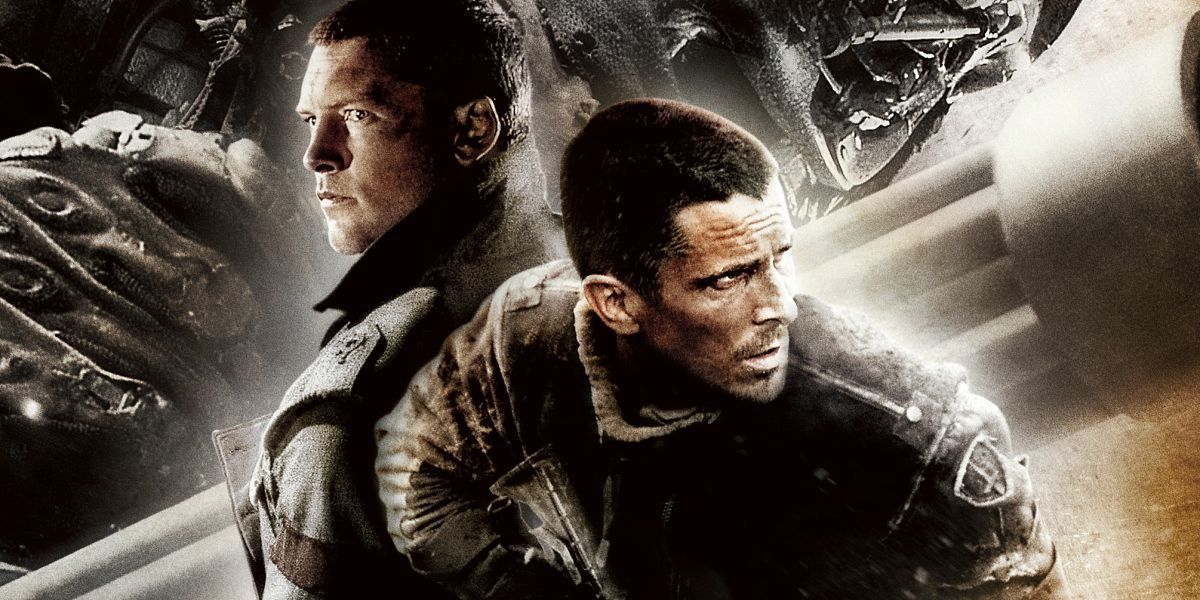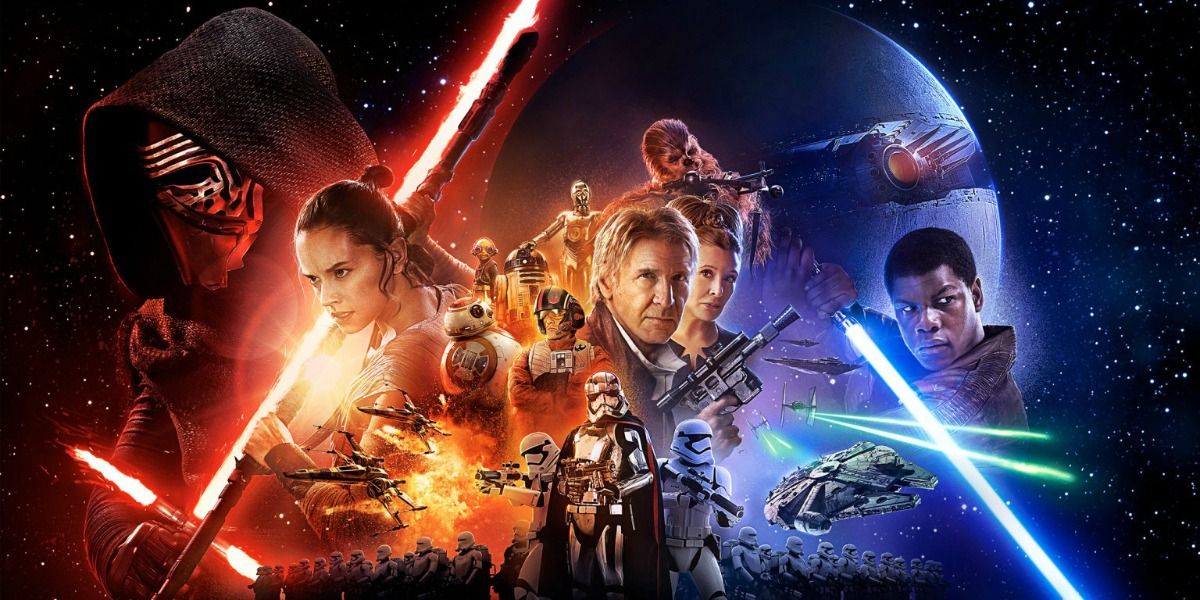With Avengers: Endgame recently toppling Avatar as the highest-grossing film of all time, it’s easy to forget that blockbuster franchises stall all the time. Indeed, some of cinema’s most iconic ongoing series – including the likes of Bond, Terminator and Star Wars – have fallen on hard times over the years, proving that no franchise is too big to fail.
That said, it’s hard to keep a good cinematic property down, and various franchises have been successfully revived after they’ve seemingly fizzled out for good. With both of these extremes in mind, here’s a round-up of five movies that killed their franchises and five more that brought theirs back to life!
Killed: Batman & Robin
For many Batman fans, the Dark Knight’s greatest villain isn’t the Joker or Two-Face – it’s director Joel Schumacher. The mastermind behind 1997’s widely panned Batman & Robin, Schumacher eschewed the darker elements that made Tim Burton’s first two Batman installments smash hits, instead opting to dial up the silliness he introduced in his first outing, Batman Forever.
In fairness, a brave handful of souls have since defended Batman & Robin as a fun throwback to the fondly remembered 1966 Batman TV series starring Adam West. But ultimately, this flick was a massive miscalculation – a campy, neon-drenched fever dream that didn’t connect with audiences disinterested in nostalgia – and the property wouldn’t fully recover until 2005's Batman Begins.
Brought Back To Life: Casino Royale
GoldenEye was the first new Bond joint in six years, and it provided a much-needed shot in the arm for the flagging Bond franchise. It was all downhill from here, though; although fans and critics alike generally approved of Pierce Brosnan as 007, each subsequent film he headlined became increasingly more ludicrous. The absurdity reached critical mass in 2002’s Die Another Day, with its invisible cars and unconvincing, CGI-heavy set-pieces driving audiences away in droves.
Luckily, Eon Productions righted the ship with lightning speed, with Casino Royale arriving in theatres in 2006 to wide acclaim. With Daniel Craig now kitted out in Bond’s signature tux, Casino Royale delivered a stripped back, largely faith adaptation of author Ian Fleming’s original novel. Ditching the outlandish gadgets and overblown action sequences that marred its predecessors for hard-hitting fight choreography and practical stuntwork, this series reboot made 007 relevant again in a post-Bourne-era.
Killed: The Next Karate Kid
With Karate Kid star Ralph Macchio no longer able to convincingly portray the titular underage martial artist and underwhelming box office returns for The Karate Kid: Part III, you’d forgive Columbia Pictures from pulling the plug on the entire series.
Instead, studio executives pushed ahead with 1994's The Next Karate Kid, replacing Macchio with the more fresh-faced Hillary Swank. The future Oscar-winner is about the only thing this lazy picture has going for it, and The Next Karate Kid would turn out to be the last…until the franchise was relaunched in 2010 with Jaden Smith assuming the lead role.
Brought Back To Life: Star Trek (2009)
The Star Trek franchise had been experiencing diminishing returns ever since 1996’s First Contact, with follow-ups Insurrection and Nemesis both earning far less than their predecessor. However, Nemesis was the straw that well and truly broke the camel’s back – a box office flop criticized for wasting its novel premise with sluggish pacing and unimaginative plotting.
Sensing that new blood was needed, Paramount Pictures drafted in J.J. Abrams, who swiftly jettisoned the current Next Generation setting in favor of returning to the Original Series era. Returning to the early days of Kirk, Spock, and the rest of the inaugural Enterprise crew proved to be a masterstroke, as did going down the “soft reboot” route, which kept existing fans largely onside. 2009’s Star Trek made serious bank and netted strong critical notices.
Killed: The Amazing Spider-Man 2
Filmmakers trying to get a shared cinematic universe off the ground should be forced to attend a screening of The Amazing Spider-Man 2 first – as it provides a perfect blueprint for what not to do. Overstuffed with characters and plot threads designed to set-up direct sequels and connected spin-offs, Marc Webb’s superhero flick collapses under its own weight, failing to tell a satisfying standalone story.
Somewhat inevitably, The Amazing Spider-Man 2 garnered lukewarm reviews and wound up being the second-lowest grossing Spider-Man outing, which had to sting given its $200 million+ price tag. This scuppered plans for a third film and nearly all of the planned side efforts, too (a tweaked version of Venom would eventually see the light of day). And while that’s disappointing, it also made Spidey’s introduction to the Marvel Cinematic Universe possible…which worked out pretty well.
Brought Back To Life: Rise Of The Planet Of The Apes
Following Tim Burton’s ill-conceived Planet of the Apes remake in 2001, nobody really expected 20th Century Fox to take another stab at resurrecting this iconic franchise. What’s more, nobody anticipated that this third go-round would be much of an improvement. Yet, 2011’s Rise of the Planet of the Apes actually ended up being pretty dang good!
Armed with a disarmingly affecting script, director Rupert Wyatt draws strong performances from a talented cast including the likes of James Franco, Freida Pinto, and John Lithgow. Yet the real stars here are motion capture pioneer Andy Serkis and the digital artists at Weta Digital, who received the lion’s share of the critical praise for their combined efforts in bringing talking chimp Caesar to life.
Killed: The Mummy (2017)
You know something has gone horribly wrong when the very first entry in your planned tentpole franchise tanks at the box office – which is exactly what happened with the 2017 reimagining of The Mummy. Funnily enough, this was actually the second false start for Universal Pictures’ Dark Universe. After 2014’s Dracula Untold was staked critically and commercially, the studio retroactively rebranded this Tom Cruise vehicle as the Dark Universe’s really-for-real launch.
Not that it helped much. The Mummy went on to bomb hard, while the reviews were almost as savage as the film’s eponymous villain! Finally getting the message, Universal officially pulled the plug on the Dark Universe soon after, wisely focusing on producing standalone monster movies, instead.
Brought Back To Life: The Muppets
The Muppets property was a shell of its former self in 2011. Indeed, it had been on ice since 1999, following the release of box office turkey Muppets from Space. Admittedly, Muppets from Space was a harmless affair – a fun (if forgettable) romp that explores the origins of Gonzo the Great – but it lacked the spark of earlier escapades, and this translated to low ticket sales.
Fast forward 12 years and franchise superfan Jason Segel led the charge to restore the franchise to its former glory, collaborating with screenwriter Nicholas Stoller and director James Bobin on The Muppets. His enthusiasm paid off. This acclaimed revival boasts winning performances from Segal and co-star Amy Adams, charmingly old-school puppeteering by the Muppeteers, and best of all, an insanely catchy, Oscar-winning soundtrack.
Killed: Terminator Salvation
The Terminator property has withstood more consecutive failures than pretty much any other, with forthcoming sequel Dark Fate the fourth attempt at reactivating the venerable franchise on the big screen.
It’s hard to pin down which Terminator sequel has been most instrumental in derailing the series over the years, but we’re inclined to point the finger at Terminator Salvation. Afterall, Terminator 3: Rise of the Machines at least turned a profit, while subsequent reboot Terminator Genisys was indirectly responsible for convincing co-creator James Cameron to take a more active role in the franchise’s development.
On the other hand, Salvation squandered its inspired core concept – jettisoning the tired time travel plot device to focus on John Connor’s future exploits – with a clunky, soulless script, and its subpar box office haul terminated plans for any direct sequels.
Brought Back To Life: The Force Awakens
When Revenge of the Sith hit theatres back in 2005, series creator George Lucas intended it to serve as the final episode in his Star Wars saga. The prevailing opinion among both critics and moviegoers was that Lucas had shepherded the franchise to a mostly satisfying close. However, Lucas then sold Lucasfilm (and with it, Star Wars) to Disney, and the House of Mouse promptly announced that a trio of sequels was in the works.
To restart this franchise that many believed to be fully tapped out, Disney hired J.J. Abrams (him again!)…and boy, did he deliver. A carefully calibrated effort that evoked Star Wars greatest hits – while throwing in just enough new elements to make things feel fresh again – 2015’s The Force Awakens earned positive reviews and raked in over $2 billion worldwide!


